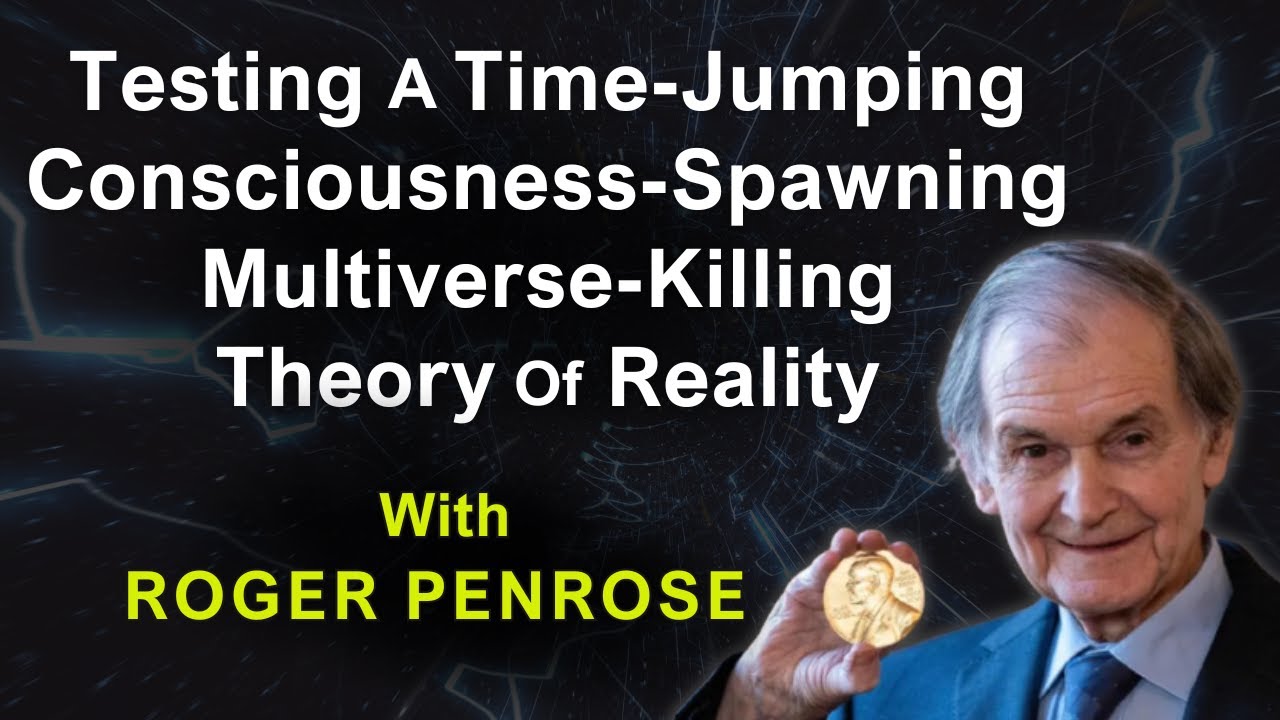
Bioelectrical Mysteries of Microtubules
Bridging Realms: Sir Roger Penrose’s Vision of Reality, Consciousness, and Beyond
Abstract
Sir Roger Penrose, a Nobel Laureate in Physics, has long been a pioneer in exploring the depths of mathematical physics and its implications on our understanding of the universe and consciousness. His work, spanning from the Penrose-Hawking singularity theorems to the theory of Orchestrated Objective Reduction (Orch OR) in collaboration with anesthesiologist Stuart Hameroff, challenges conventional perceptions and seeks to answer some of the most profound questions about our existence and the nature of reality itself.
Introduction
The enigmatic behavior of quantum particles at the subatomic level has puzzled physicists for nearly a century, suggesting a division between the quantum and classical realms. Penrose believes this division is key to unlocking the mysteries of consciousness and proposes a groundbreaking hypothesis that integrates gravity, quantum mechanics, and consciousness.
Penrose’s Contributions to Physics and Consciousness
The Theory of Sequential Universes
Penrose proposes a model of sequential universes, suggesting that traces from universes that existed before the Big Bang are influencing our current universe. This theory not only challenges our understanding of time and existence but also offers a novel perspective on the continuity of universes.
Penrose-Hawking Singularity Theorems
In collaboration with Stephen Hawking, Penrose identified singularities within the universe where gravitational forces render the laws of spacetime ineffective. These findings have profound implications for the origins of the universe and the end states of black holes.
Orchestrated Objective Reduction (Orch OR)
The Orch OR theory, developed with Stuart Hameroff, posits that consciousness arises from quantum processes within the brain’s microtubules. This theory suggests that wave function collapse—a key quantum mechanical process—is central to the emergence of consciousness.
The Intersection of Gravity and Quantum Mechanics
Penrose argues that gravity, conspicuously absent from quantum theory, plays a crucial role in the collapse of the wave function. He posits that the inconsistency between quantum mechanics and general relativity hints at a deeper underlying reality, one where gravity influences quantum states leading to objective reduction.
Retroactive Reality and Consciousness
Penrose introduces the concept of retro-activity, wherein the collapse of a quantum state can affect the past, essentially selecting the single reality we experience from multiple potential outcomes. This process, he suggests, is integral to the emergence of consciousness and challenges the linear perception of time.
Implications for Understanding Reality
Penrose’s theories offer a radical reimagining of reality, suggesting that our conscious experience is shaped by quantum processes governed by gravity. This perspective has profound implications for the nature of time, the structure of the universe, and the origins of consciousness.
Future Directions and Challenges
While Penrose’s ideas open new avenues for research, they also present significant challenges. Experimental verification of gravity-induced wave function collapse and the role of retro-activity in consciousness requires innovative approaches and could reshape our understanding of physics and the mind.
Conclusion
Sir Roger Penrose’s contributions to physics and the study of consciousness represent a bold step towards unifying the realms of the quantum and the classical, the physical and the mental. His theories challenge us to rethink our place in the universe and the fundamental nature of reality itself.







